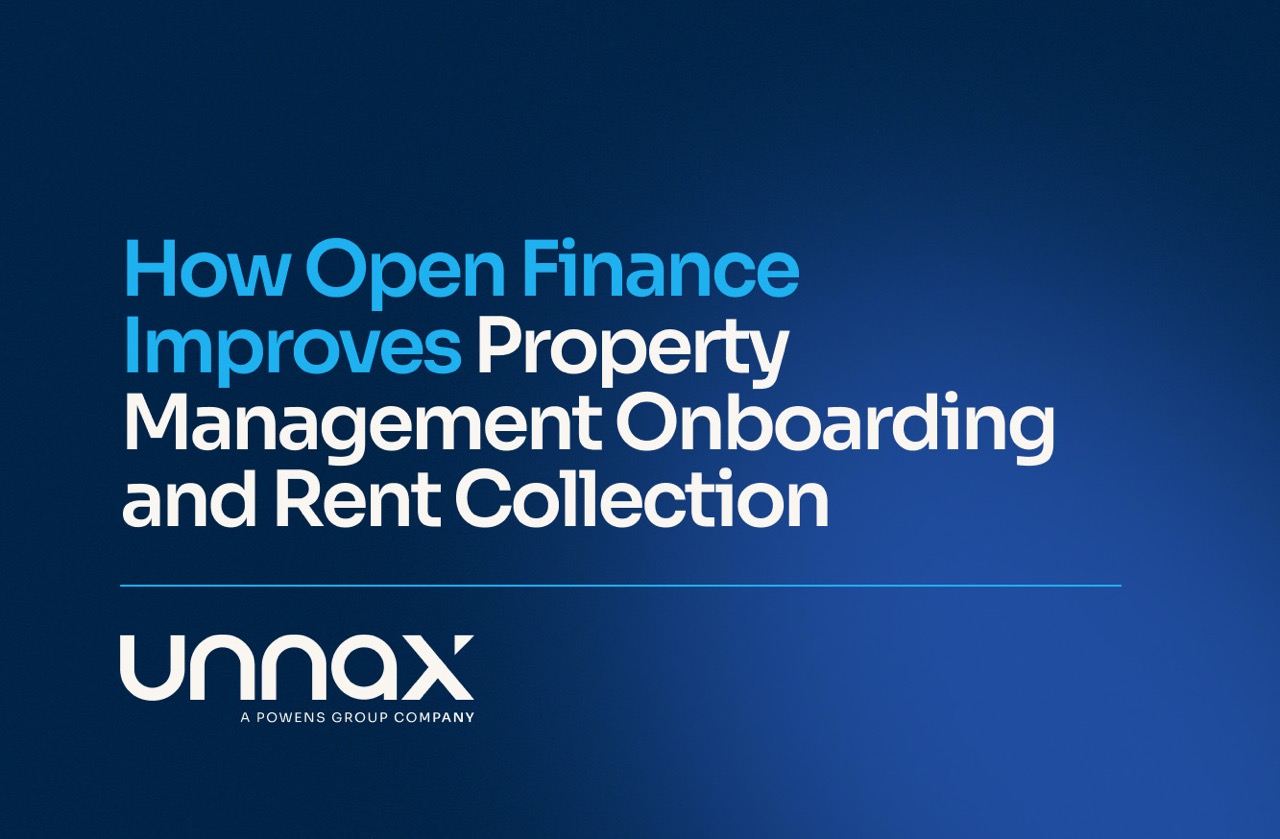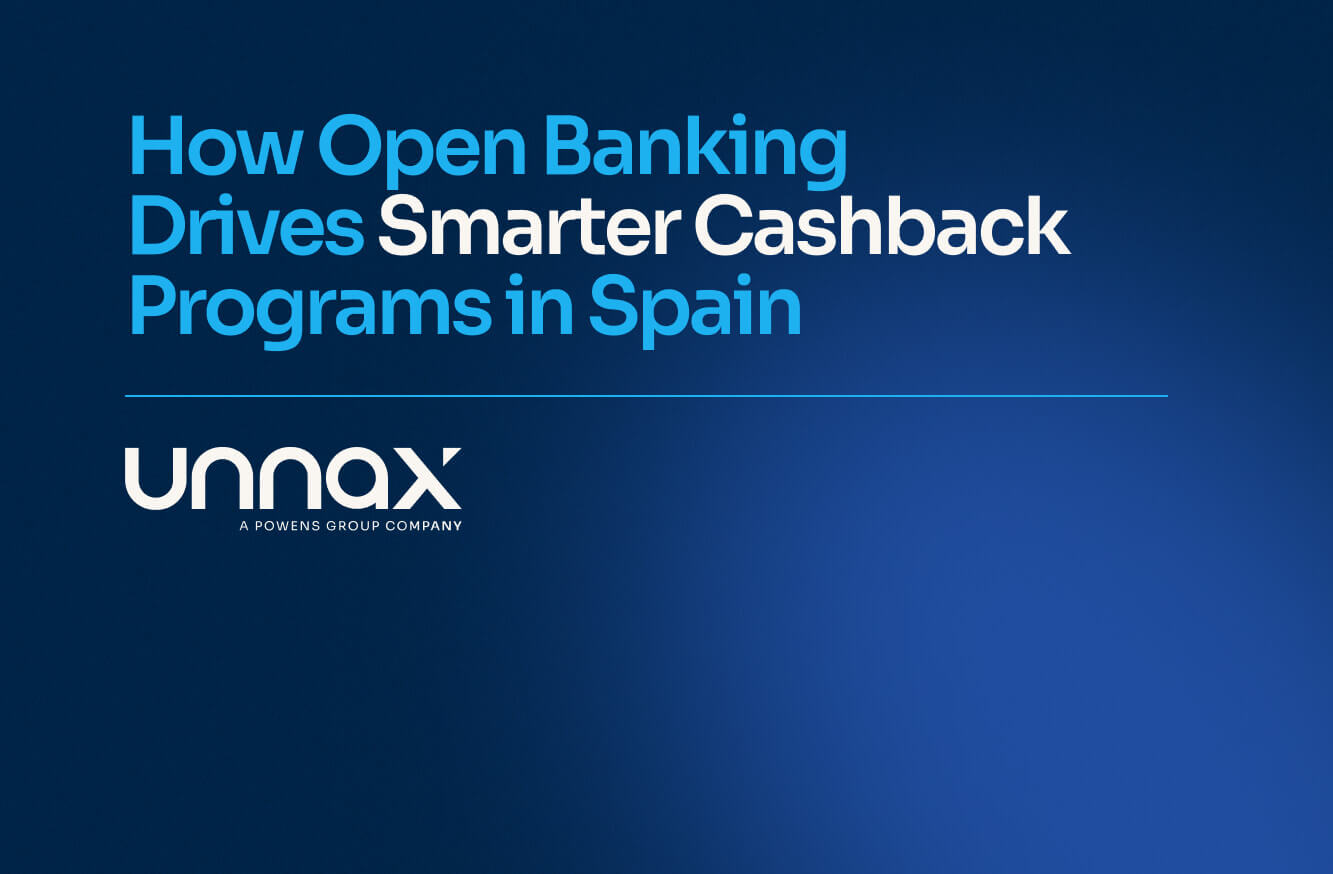The recent changes to Order 2899/2011 on transparency and protection of customers of banking services create new needs in the consumer finance sector.
In order to increase the protection of subscribers of revolving-type loans, the government has decided that from now on, the concession criteria must be more rigid in order to reduce the granting of loans that can lead to excessive indebtedness. To achieve this, a new variable is introduced that financial companies must evaluate when determining whether they grant a loan: the client’s ability to pay, or affordability.
The new regulation states the following:
“Article 18. Evaluating solvency for responsible loans.
The entities, before any contract for a loan is subscribed, must evaluate the client’s ability to fulfill the commitments derived from said contract, on the basis of adequate and relevant information obtained to that end, including information provided by the said client to the entity at its request.
To this end, entities must enact internal procedures designed specifically to carry out solvency analysis as described in the preceding paragraph. These procedures will be reviewed periodically by the entities themselves, which will maintain up to date registries of said revisions.”
Unlike risk, affordability paints us a more holistic picture of the client and allows us to know with a greater degree of precision if they are capable of paying back the loan effectively.
To determine a person’s payment capacity, it’s necessary to have a deep knowledge of their finances. It’s not enough to know their account balance at a specific point in time, or how much they earn. We must know their consumption habits and how they manage their money.
How much do they earn each month? How much do they spend? What is their financial situation at the end of the month? How much variation does their income present from month to month? Do they have significant debts, such as multiple credit card bills?
There are multiple ways to obtain and evaluate this information, such as consulting credit bureaus and requesting physical documentation from the client, but only offers up-to-date information in real-time: Open Banking.
Open Banking is a current within retail banking the goal of which is to democratize access to clients’ bank data, so they can enjoy better products and services while at the same time fostering greater competition and innovation in the sector.
In practice, Open Banking allows third parties to access their clients’ bank data to analyze and work with them. This is the case of the famous personal financial management applications like Fintonic. But this technology also has applications in the world of consumer finance, where it is necessary to know the client’s finances to be able to decide if a loan is granted.
Bank account aggregation, the technology that is used to obtain the client’s bank data, is the perfect answer to this need. Using bank aggregation, financial companies can obtain real-time banking data through a fluid and non-intrusive process that is integrated into the client’s onboarding process. This is how it works:
- At the time of the loan request application, the client is informed of the need to read their bank details to assess their ability to pay.
- If the request is face-to-face, the client receives a text message with a link that loads an account reading widget on their phone, while if it is digital, the reading is integrated directly into the process of capturing the client’s data.
- The client facilitates their login credentials for their online banking system.
- The system connects to the client’s bank account, extracts all the relevant data, and feeds it to analysis and decisioning systems that decide if the client is suitable to receive a loan.
This model has two very important advantages over traditional systems, such as consulting a credit bureau or requesting financial documentation from the client.
1- The user experience is much better. The process of obtaining information is automatic and takes place completely online, making it much faster and reducing the amount of work the client must to to virtually nothing, since it avoids the need for physical documentation. This translates into a better experience and a higher rate of loan requests that are completed.
2 – The quality and reliability of the information on which the client’s request is evaluated are much greater than the traditional alternatives. Credit bureaus update their data every 90 days, while physical documents, such as an income certificate, suffer from the same problem of outdating. In contrast, the client’s bank details are always up to date and reflect their financial situation both in the present and historically. Furthermore, the depth of the data is also better, since it allows analysis of all the bank statements associated with the client’s account in the last 12 to 24 months, as well as knowing the financial products linked to it.
Working with a history of thousands of statements over a period of 1 to 2 years, it’s possible to improve decision-making systems too. First, by categorizing all the statements in the client’s account and identifying what each one represents: restaurants, rent, bills, supermarket spending, etc. Second, once the statements have been categorized, they can be analyzed across multiple different vectors: trends, periodicity, variability, and others.
This analysis allows us to generate attributes that reflect the client’s payment capability, as well as their contactability, KYC, and their income and expenses in depth. These give a much fuller perspective of the financial profile of the person as they reflect trends instead of static positions. Therefore, we can know not only the customer’s ability to pay at the time of requesting the loan, but also their ability to pay in the past and what the trended attributes suggest for the future. All this results in greater predictability and greater reliability of the decision-making system.
Collectively, these factors can have an exponential effect on business. Conversion grows because user experience is better; companies stop discarding prospects because of a lack of information; and arrears go down because the accuracy of the scoring and decisioning systems increase.
The result? Greater effectiveness converting clients, more efficiency obtaining and analyzing their data, and more reliable decision-making.
(Note: The quoted regulatory text is a non-official translation of Spanish legal code. This translation captures the meaning of the described regulation but does not count as an official, certified translation)









